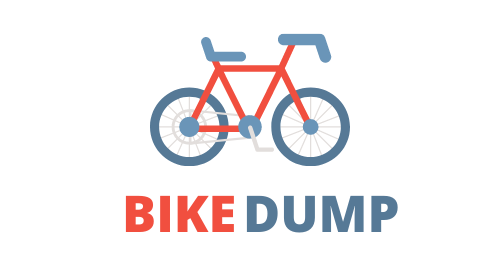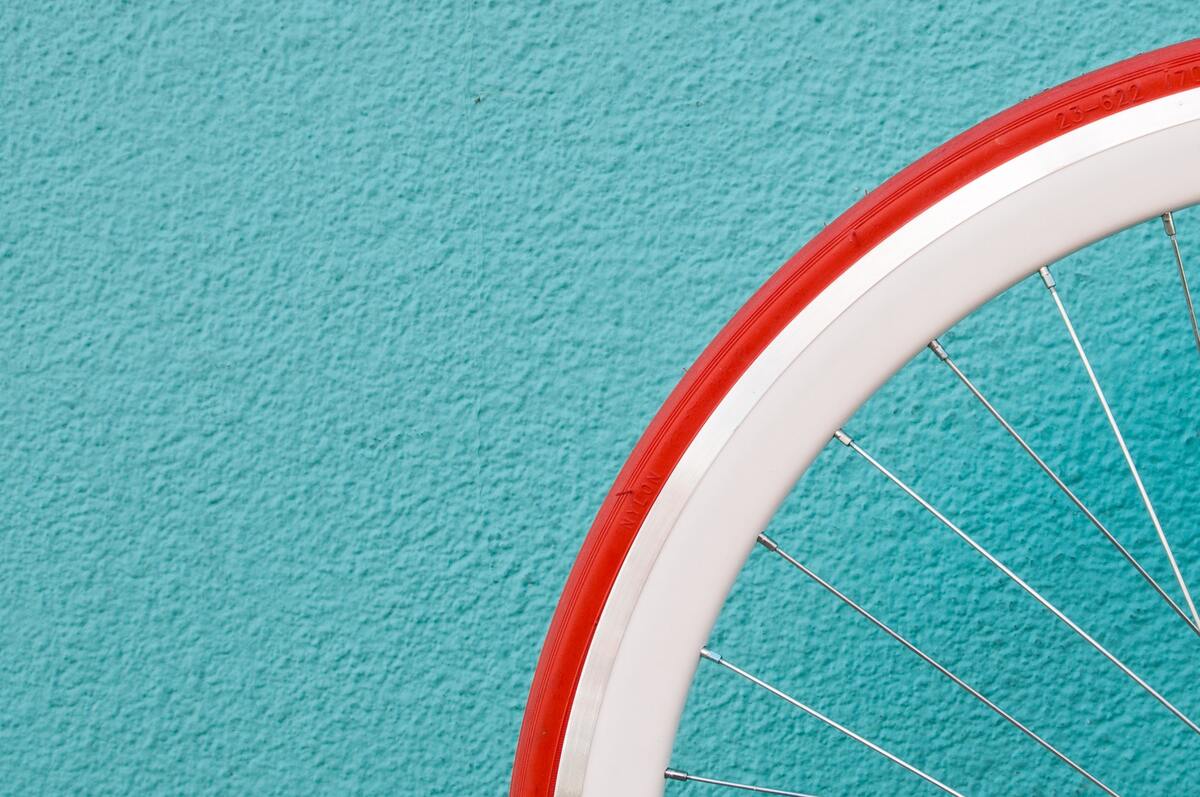It’s no surprise that cycling is booming, and manufacturers are struggling to keep up. Bike and part shortages are real, and there are indicators that they will last until 2022. So, depending on where you are in the globe and what you ride, you may have to get more pragmatic in order to keep your current bike operating. So, here are some general guidelines for extending the life of your existing components, as well as what to do when your go-to servicing parts are out of reach.
Prevention is crucial.
The easiest approach to deal with a parts scarcity is to use what you have and make it last as long as possible. While there is a lot to cover in this area, what follows is some of the most frequently overlooked aspects over which you do have control. Choose where and when you ride. Riding in good weather will significantly extend the life of your drivetrain, brakes, tyres, and bearings. Of course, this is not always possible, but if you can avoid riding on wet and muddy trails, your bike will thank you. If you do intend to go off-road, evaluate the drainage conditions where you intend to ride. After severe rain, certain trails and roads will remain wetter than others. A minor change to your route might mean the difference between needing new disc brake pads and not.
Clean and lubricate your drivetrain.
Maintaining your transmission clean and using a decent chain lubricant may make a lot of difference to the longevity of your drivetrain. People who keep things clean and use a half-decent lubricant should be able to get away with it. Taking that last point to its logical conclusion leads you into the realm of chain waxing. Doing this it’s typical for individuals to get over 10,000 km from a chain or more from the other components of a powertrain. For maximum drivetrain durability, hot melt wax still reigns supreme, but there are now many fantastic drip-on wax lubes that are also recommended.
There are also a few excellent oil-based lubes available. There are also a few excellent wax-based drip lubes on the market that will likely perform similarly to your present chain lube, if not better. Clean your drivetrain, then locate a chain lubricant that will help keep it clean. Simply put, if your drivetrain feels gritty, rough, or dry under load, you’re creating more wear than necessary. While there are many excellent choices for chain lube, those looking for a decent drip-on wax-based lubricant might consider something like Tru-Tension Tungsten All Weather. NixFrixShun and Silca Synergetic are two oil-based lubes to consider.
Another essential part in getting more out of your drivetrain is keeping a close eye on chain wear. Preventing chain stretch by changing your chain before it elongates from wear might prevent your cassette and chainrings from needing repair. Chain-wear-checking instruments are inexpensive and simple to use. They can also assist you in getting the most out of your costly cassette and chainrings.
Practice preventative maintenance.
The drivetrain is only one component of the bike that may benefit from routine cleaning. A simple clean and re-grease of these frequently overlooked locations will aid in the removal of trapped dirt and the prevention of corrosion. It will also make your bike feel smoother. If your bike has suspension or a dropper seatpost, the situation is the same. Grit can become trapped under the wiper seals, rubbing the surfaces of these telescopic components. In current times of part shortages, this may be extremely expensive to repair and may be impossible to fix.
Examine the wear on the brakes.
Whether you have disc or rim brakes, your pads and braking surfaces will wear down. A little preventative care, on the other hand, may go a long way. This may be as easy as cleaning your rims with a clean towel and removing the built-up grit from within the brake pads for rim brakes. The most common cause of early wear in disc brakes is continuous rubbing from misaligned callipers or damaged rotors. Similarly, if your calipers do not sit perpendicular to the wheel you may have higher and excessive wear.
Disc brake users should also keep an eye on pad wear. It is not unusual to see brakes overused until the pad backing plate scrapes through the disc rotor. At best, this means you’ll have to go shopping for new brake rotors, and at worst, you’ll have to figure out how to replace the caliper as well. If you can see less than a centimetre of pad material, it’s time to replace them. Also, keep in mind that your rotors will ultimately wear out.
Upgrade or downgrade
Maybe you’ve worn out your Ultegra disc brake rotors or require a 105 derailleur and can’t find a suitable replacement. It’s then worth finding out whether there’s a lower-cost or higher-cost choice that will be needed. Brake rotors are a good example, and those Shimano Ultegra rotors can be switched out for virtually anything in Shimano’s catalog, whether it’s designed for mountain biking or road riding. Cassettes and chains are another good example. You can usually safely upgrade and downgrade them as long as the speeds and cassette ratios match. Similarly, the majority of a single brand’s components at a given speed are cross-compatible between price levels. Shimano’s 11-speed components, for example, can generally be mixed and matched. You can certainly replace a 105 crank for Dura-Ace. In SRAM, you may also combine any Eagle part with another part, as well as any choice of AXS road within that range.
Purchase off-brand or aftermarket alternatives.
If you can’t find any level of the component you require you could go online and buy from another country. But many companies have now georestricted such sales and completely closed such alternate channels. The answer may now be found in the abundance of aftermarket and off-brand choices.
Many manufacturers have long provided brake pads to fit nearly every brake in use. These brake pad experts will frequently claim performance advantages, while others will just seek to provide a more affordable pricing point. In most situations, you may discover the pad you need by entering the model of your brake caliper into the brake pad provider’s online search tool.
When it comes to chains, some companies specialize in customizing chains to match your drivetrain. And some of these alternative companies are right up there with the best in terms of providing the top bicycle chains.
Cables are another area where buying off-brand is generally not a problem. The majority of alternative cable manufacturers on the market attempt to provide a lower-cost option. However premium brands do provide premium choices that aim to enhance shift and/or brake performance.
It is critical to match your cable choices to your shifters. Campagnolo-compatible shift cables, for example, have a smaller head than Shimano and SRAM, but SRAM frequently specifies a thinner 1.1 mm-diameter shift cable.
Look on the second hand market.
Finding new parts can be difficult, and they aren’t getting any cheaper. So buying used second hand may be a viable option. Your local Facebook Marketplace, eBay, Gumtree, Craiglist, or cycling chat group might have the answer.
We would advise against purchasing used chains, cassettes, and chainrings based solely on wear. Similarly, avoid used brake pads or rotors. Many other components, however, are perfectly acceptable. And in some cases, for those using older nine or ten-speed parts, second-hand may be your only feasible alternative.
It is important to note that buying used carries inherent risk. This is due to not knowing the condition of the part and foregoing warranty. Some people are fine with this risk, while others are not.
Avoid scammers.
All of this discussion about off-brand component options, purchasing through various channels and acquiring used parts brings up an important point: counterfeit products.
Counterfeits are nothing new, but their preponderance in the cycling industry appears to be growing by the day. Fake Shimano and KMC chains can now be found on eBay and AliExpress. And some people are intentionally and unintentionally reselling fake carbon frames and components. In fact, the problem has gotten so bad that Shimano has recently begun taking significant steps to ensure that the product people are purchasing is genuine.
The solution is to first trust your instincts and be wary of prices that appear too good to be true. Second, it is always preferable to purchase from a well-known and trusted retailer.
Use your imagination.
If you need new derailleurs or shifters but don’t have any on hand p erhaps now is the time to do a low-cost single-speed conversion. It could add a new dimension of fun and challenge to your local rides.
Conversion to a single speed
Single-speed is never going to suit everyone, but it’s a fun way to keep riding your bike when groupsets aren’t readily available.
Single-speed conversions normally need a cog and chainring without shifting ramps, as well as some way of tensioning the chain. There are numerous approaches to this, but the most important thing to remember is that it does not have to be costly or a long-term commitment.
If you still need those gears you could take a cue from the world’s resourceful bikepackers and use friction-based bar-end shifters, or source a derailleur cable pull adaptor to run parts from third party brands. It may be unconventional, but you may discover that the experimenting itself is fun and interesting.
Don’t assume it’s always available.
Many of us now live in an online world, and this has only gotten worse in recent years. Google will frequently reveal the part you’re looking for and how to have it delivered to your door, but you may be misled into believing the part is unavailable, out of stock, or non-existent.
In reality, a lot of major manufacturers help their retail partners by keeping their online channels unaccesible. Service parts for many major bike companies are almost certainly only available through their respective retailers. The same can be said for manufacturers’ parts. The internet does not include every possible bicycle part.
If you’re having trouble finding a part online, contact your local bike shop(s) to see if they can assist. You’ll almost certainly be chatting with someone who lives and breathes bikes and may know how to help.

